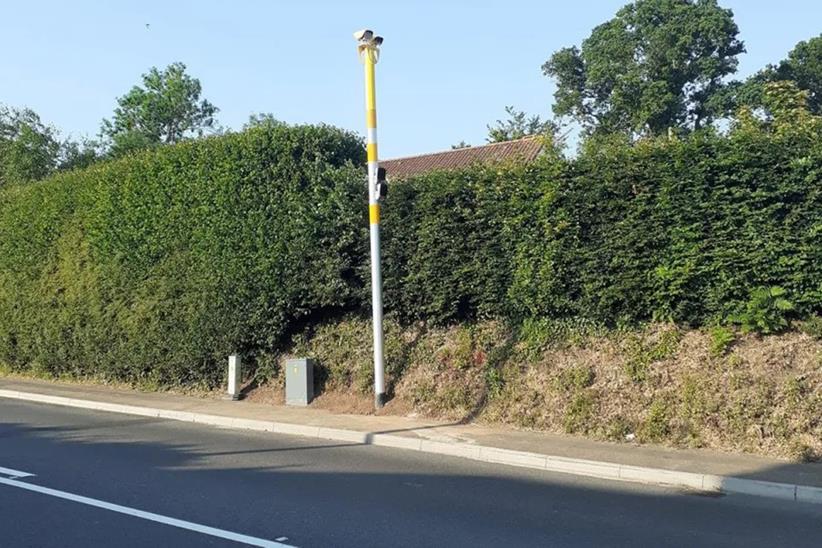Speed camera warning: New two-way design catches thousands in Devon and Cornwall
More than 3200 speeders were captured in a couple of days in Devon and Cornwall, following the installation of four new bi-directional cameras across the region.
Related: Two speed cameras targeted by vandals in Cornwall
The tech replaces older Gatso designs on Exeter Road in Exmouth and the A385 Ashburton Road in Totnes, as well as on the A390 at Drakewalls and St Ann’s Chapel near Gunnislake in Cornwall.
In the first 15 days of operations in June, the four cameras recorded 3280 offences – including one driver travelling at 73mph in a 30mph zone.
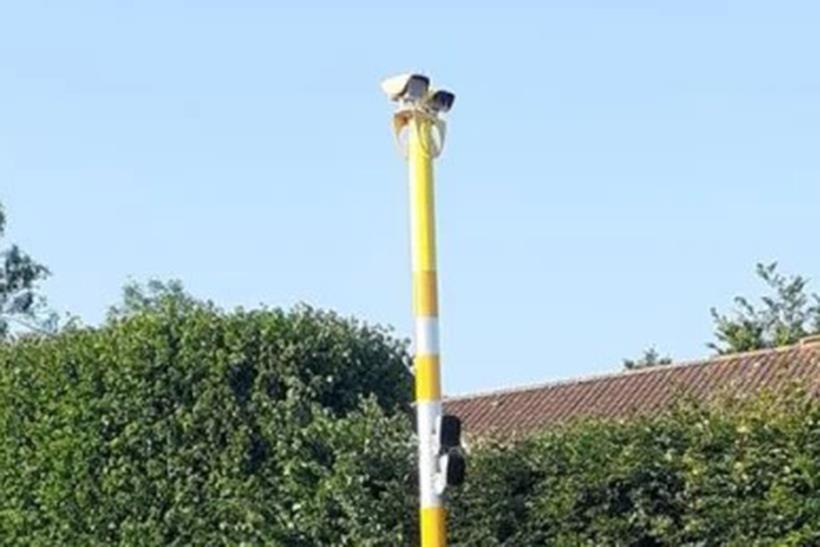
“It is disappointing to see the number of vehicles that have been detected travelling at excess speed on these routes, but the speeds some of them have been travelling at are worrying,” Devon and Cornwall Police’s Head of Road Safety, Adrian Leisk said.
“All of these cameras are located in 30mph zones and already two of them have caught drivers travelling at more than double that speed. It’s just not acceptable.”
All four sets of cameras were painted yellow for maximum visibility, with the areas chosen due to a history if speeding offences.
Norfolk police deploy motorcycles to help catch speeding motorists
First published 22 August 2023 by Phil West
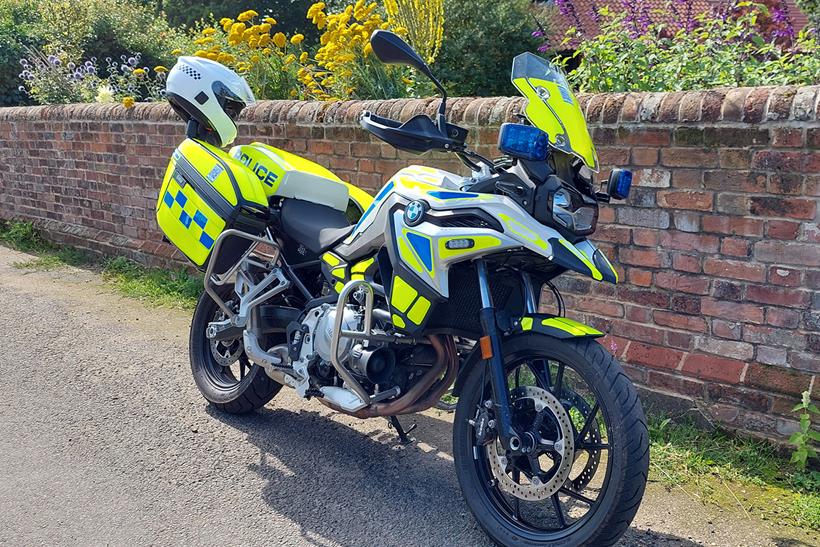
Police in the east of England are stepping up their use of police bikes in a new initiative aimed at tackling speeding motorists.
Norfolk Constabulary have announced a new trial scheme which will see police bikes deployed in up to 80 locations across the county which they describe as ‘vulnerable to speeding’ but where the usual police Safety Camera Teams cannot operate due to positioning or safety issues.
According to Norfolk Constabulary: “Historically, police officers or Safety Camera Team operators have found positioning themselves safely, as to not become an obstruction, in a village or a smaller country lane almost impossible. This means that they are unable to offer the speed checks in areas often asked for by members of the public.”
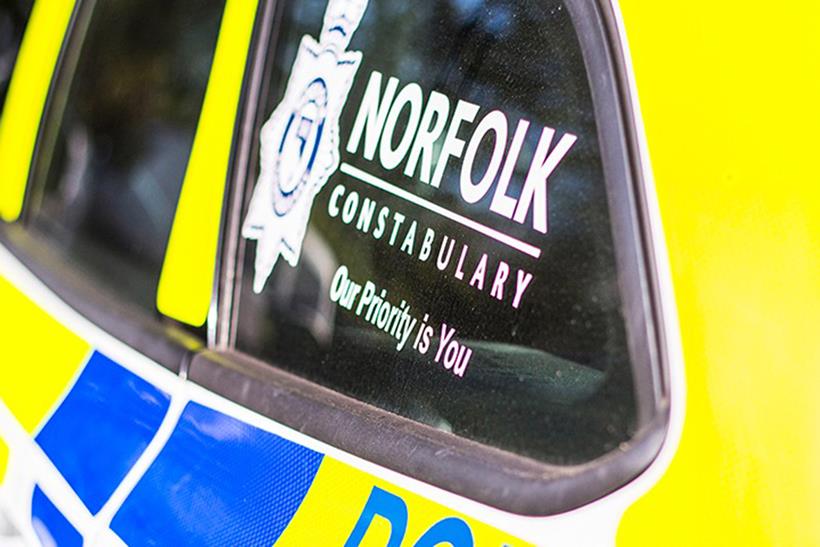
The new bike initiative began earlier this month, will run for eight weeks and, according to the police, will: “try and combat the problem, allowing officers to get into locations that need attention.”
Senior Safety Camera Officer Malcolm Fitzsimmons was involved in an early trial of the scheme and said he was pleased from the response from local residents.
“We’ve seen a really positive response to this initiative so far. People are happy to see that their complaints have been heard and something is being done about it… we’re hoping that by increasing our presence in more rural areas, we’ll reduce the number of speeding reports we receive.”
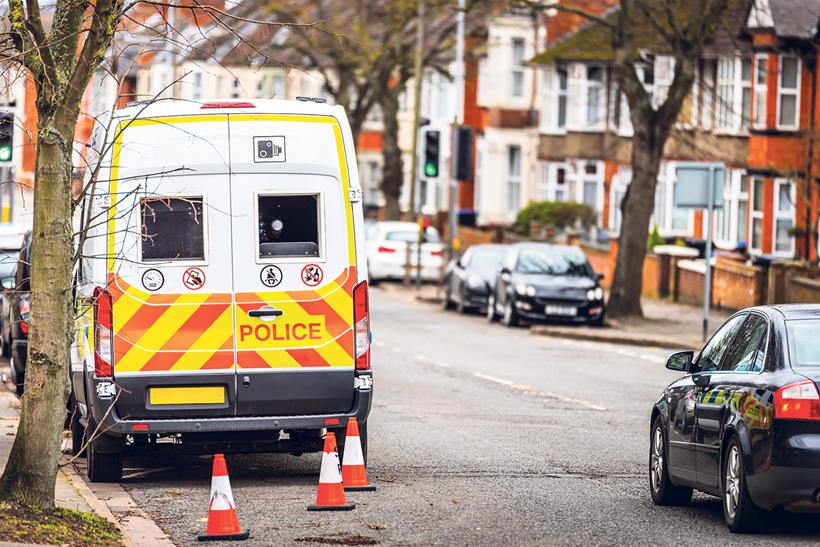
He added that, prior to the scheme, data recorders on a section of the A1075 had found that 44% of vehicles broke the speed limit, at an average of 216 vehicles per hour.
“Since the trial started on August 1, we have visited that same location four times and recorded an average of four speeders per hour. Checks here wouldn’t have been possible before and shows our presence has likely had a significant impact in decreasing the number of speeders and will hopefully continue to do so.
“Awareness of speeding is highly important and can save lives. This motorbike trial is giving us the opportunity to remind more people that speed limits exist everywhere, and they’re there for a reason.”
Covert speed camera threat: Questions asked as police deploy unmarked camera van in a bid to snare speeding motorists
First published 05 May 2023 by Stuart Prestidge
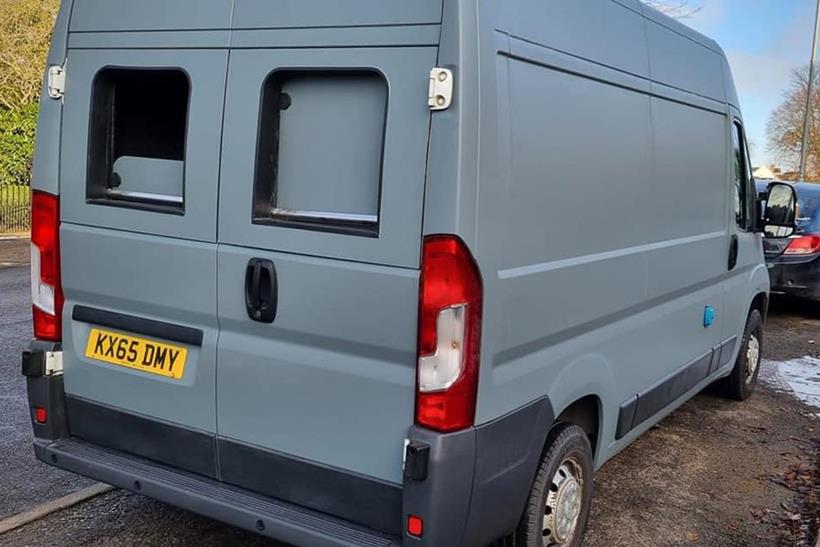
Grey is the new colour of law enforcement as Northamptonshire Police have begun using an unmarked mobile speed camera van – sparking debate about its fairness, and motivation.
“The AA has its concerns about using unmarked police vehicles for normal speed enforcement,” head of roads policy, Jack Cousens said. “One of the reasons drivers are tempted to speed is the perception that the police are never around to prevent it. We don’t think that an unmarked van used for typical speed enforcement helps that cause.”
Unmarked police vehicles are nothing new, but it is the first time the force has used such stealth to catch road users acting illegally or irresponsibly as deaths on the county’s network continues to rise.
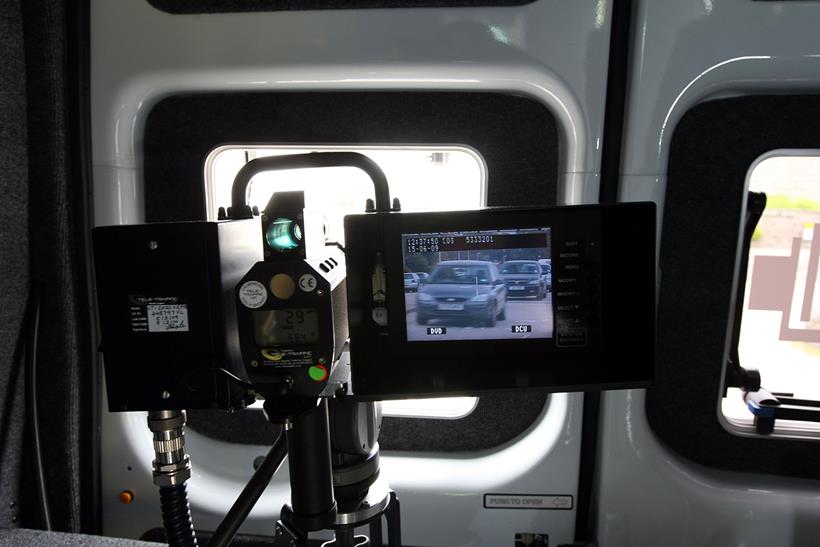
“I can tell you that in the last 12 months, 44 people have died on our roads,” Head of Operations at Northamptonshire Police, Superintendent Jen Helm said. “There are those who chose to deliberately drive or ride irresponsibly or illegally on our roads when they think they can get away with it. This is what the unmarked enforcement van is designed to tackle.”
An online poll on MCN’s #ride5000miles Facebook page found that 80% of respondents thought the scheme was a money grab that will disproportionately target motorcyclists. Just 13% of respondents said they agreed with the stealth van to improve road safety.
“It’s not a deterrent if they are hidden, it is a punishment,” MCN reader Dave Webb, commented. “If they are genuinely concerned with safety and reducing accidents, then they should make the vans/cameras as big and visible as possible.
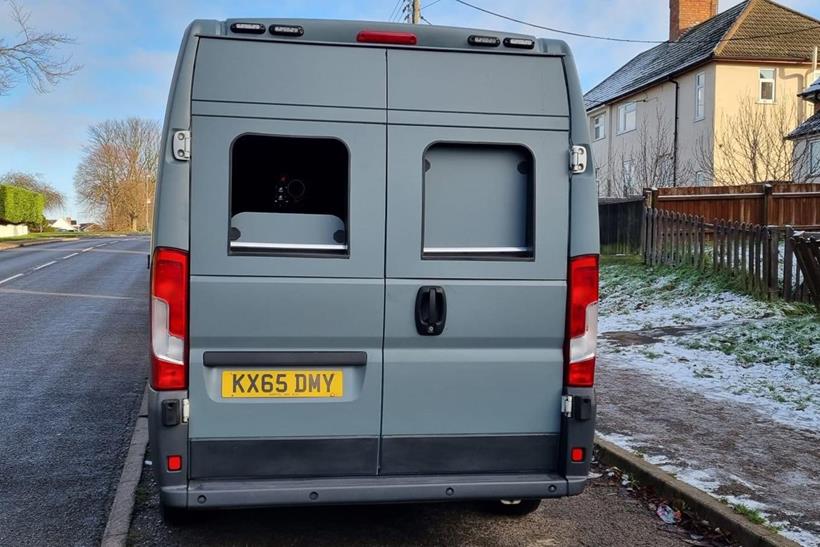
“We should be encouraging better riding, and awareness of genuine danger spots, not fear of breaching an arbitrary rule that will come to be seen as a simple revenue raiser.”
The legal requirements of police speed camera vans have also been raised with many riders taking to social media to incorrectly state that speed vans are required to be hi-vis – but this is not the case.
“The truth is, there is no legal requirement for hi-vis camera vans. It is surprising it took this long for them to use stealth vans,” explains Gavin Grewal, a partner at specialist legal firm White Dalton Motorcycle Solicitors.

“The cold hard law remains unchanged i.e. a camera operator must still form the opinion of excess speed and use a Home Office approved device to corroborate that opinion. It doesn’t matter if [they are] in a marked or unmarked van.”
Northamptonshire Police doesn’t profit directly from fixed penalty notices or court fines – this in fact, goes to the Treasury’s Consolidated Fund and used by the Government for general expenditure.
Northamptonshire Police Safer Roads Operations Manager, Matt O’Connell added: “We’re not going to apologise for how we police our roads. We need to do something different, and the use of unmarked enforcement vehicles might make people think twice before taking unnecessary risks in Northamptonshire.”
